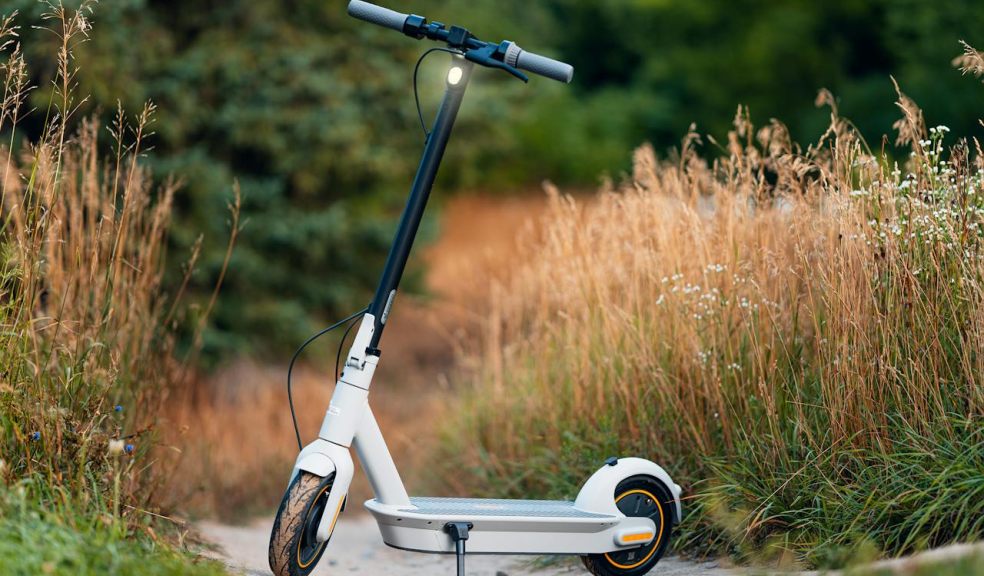
Can You Take an Electric Scooter on a Train in the UK?
Electric scooters have rapidly become a popular choice for commuters across the United Kingdom, offering an efficient and eco-friendly way to navigate busy streets. However, many riders face uncertainty when it comes to combining their scooters with train travel. The question of whether these devices are permitted onboard UK trains is not always clear, as rules differ between operators. For regular commuters and occasional travelers alike, understanding current policies, safety concerns, available alternatives is essential to making informed decisions about traveling with an electric scooter and to visit our website please click here.
Train Policies in the UK
Public transport in the United Kingdom is known for being extensive and commuter-friendly, but when it comes to bringing personal mobility devices like electric scooters, the rules are less straightforward. Different train operators often have varying policies about what items can be brought onboard.
While bicycles and foldable bikes have long been accommodated under certain conditions, electric scooters fall into a grey area. Some rail companies restrict their use due to safety concerns, while others allow them if folded and stored correctly. This makes it essential for riders to research the policy of their specific train operator before traveling.
Safety Concerns with Electric Scooters on Trains
One of the biggest reasons electric scooters face restrictions on trains is safety. Rail operators consider the risks associated with lithium-ion batteries, which power most electric scooters. These batteries, while efficient, can pose hazards if damaged or exposed to extreme conditions. Concerns about overheating, short circuits, or accidental damage during transit have influenced stricter rules. Additionally, space limitations inside carriages mean scooters could obstruct pathways or exits, creating potential hazards during emergencies. These concerns form the foundation of why certain restrictions exist across the UK rail network.
Differences Between Foldable and Non-Foldable Models
Not all scooters are treated equally by train operators. Foldable scooters are generally easier to carry, store, and secure, which makes them more likely to be accepted. Many passengers treat them like luggage, keeping them tucked away in overhead racks or under seats. Non-foldable models, however, are bulkier and more difficult to manage in crowded carriages. Their size makes it harder to store safely without inconveniencing other passengers. For commuters and travelers hoping to use trains regularly, investing in a foldable design is often the most practical option.
Rules Across Different Train Operators
UK train operators have no single unified policy regarding electric scooters. Some, particularly those serving major cities, prohibit them entirely due to passenger safety concerns. Others may allow them under conditions such as being folded and carried like hand luggage. Operators serving longer routes are often stricter, as storage space is already limited for luggage and bicycles. This variation means that travelers need to check ahead with the specific rail service they intend to use. Ignoring the rules could lead to denied boarding or fines, which disrupt travel plans.
The Future of Scooters on UK Trains
The conversation around electric scooters and trains is far from over. Policymakers, transport operators, and commuters all play a role in shaping the future. With sustainability targets pushing cities to encourage greener travel, pressure may mount on train operators to adapt. Improved battery technology and safer designs could ease concerns about onboard safety. In time, rules may evolve to electric scooters for adults and other personal mobility devices to coexist with trains. Until then, travelers must navigate the current landscape with careful planning and awareness of operator-specific policies.
The Growing Demand for Commuter-Friendly Policies
As urban transport evolves, more commuters are looking for ways to combine scooters with public transport. Many prefer to ride their scooters to a train station, take the train for the longer leg of the journey, and then continue the last mile on the scooter. This demand for integration has prompted discussions about revisiting current policies. While safety remains a key concern, the growing popularity of sustainable travel methods suggests that train operators may eventually consider more flexible approaches. This shift could improve convenience for commuters and reduce reliance on cars in crowded cities.
Practical Tips for Traveling with an Electric Scooter
For those determined to travel with an electric scooter, preparation is vital. Choosing a lightweight and foldable model significantly increases the chances of being allowed onboard. Carrying the scooter in a travel bag can help make it appear more like luggage, reducing objections from staff. It is also wise to avoid peak travel times, as crowded trains leave little room for additional items. Always ensure the scooter is turned off, securely folded, and kept clear of aisles or exits. By following these steps, travelers can minimize conflicts and make their journey smoother.
Alternatives to Taking Scooters on Trains
If bringing an electric scooter onto a train proves difficult, there are alternatives. Many cities across the UK offer rental scooter services, allowing commuters to pick up a scooter at their destination without carrying their own. Folding bicycles are also widely accepted and may serve as a practical replacement. Another option is to store a personal scooter at the station using secure parking facilities, riding it before and after train travel rather than carrying it onboard. While these options require some adjustment, they help balance convenience with compliance.
The Role of Electric Scooters in Modern Commuting
Despite current restrictions, electric scooters are undeniably becoming a core part of urban mobility. Commuters value their speed, affordability, and eco-friendly design. They allow riders to cover short distances quickly and efficiently, complementing public transport systems. As more people embrace alternatives to cars, the demand for integration between electric scooters and trains is likely to grow. As it provides independence while supporting a sustainable lifestyle. The challenge lies in finding ways to incorporate them smoothly into existing transport systems and in detail visit now.
Conclusion
Bringing an electric scooter on a train in the UK is not always straightforward, with policies differing across operators and safety concerns influencing restrictions. Foldable scooters, carried like luggage, stand a better chance of being accepted, while non-foldable models face significant challenges. Despite these limitations, the rising popularity of scooters highlights the need for transport systems to evolve. For now, careful planning, practical alternatives, and an understanding of operator rules are essential for commuters. The future, however, may bring more integration between electric scooters and trains as urban transport continues to adapt.

















